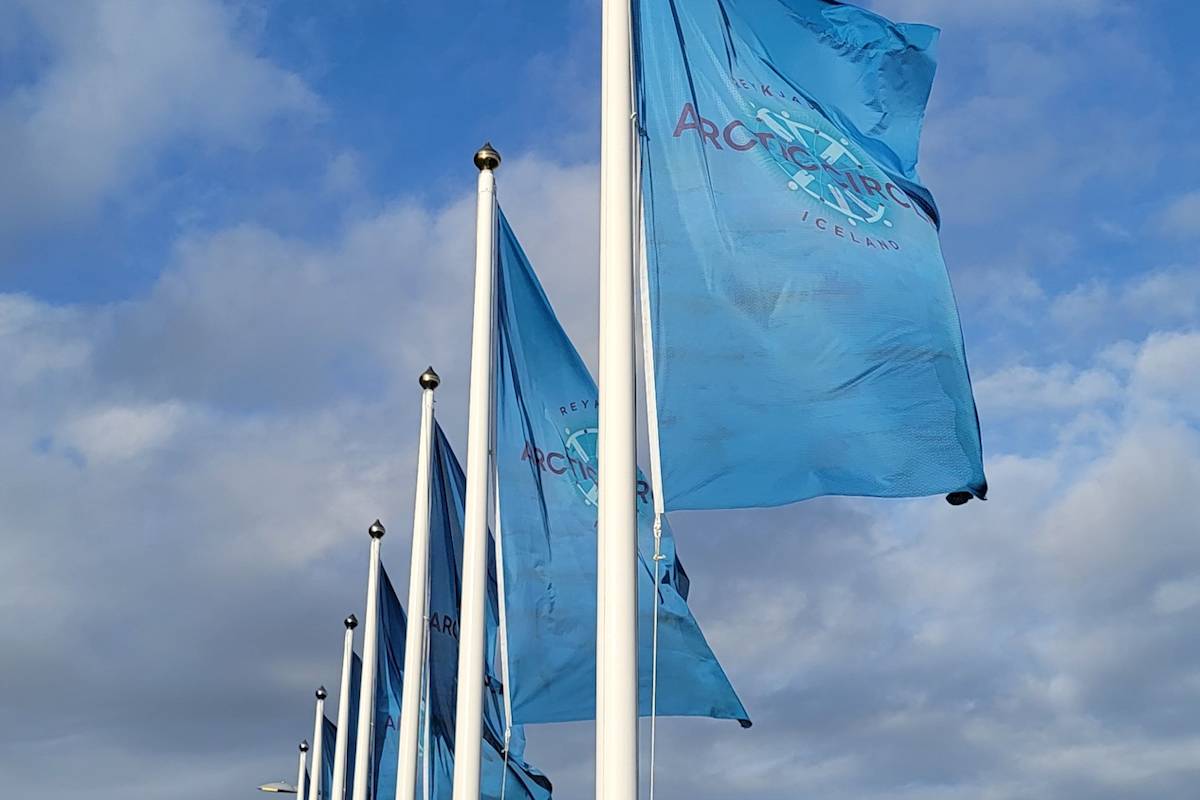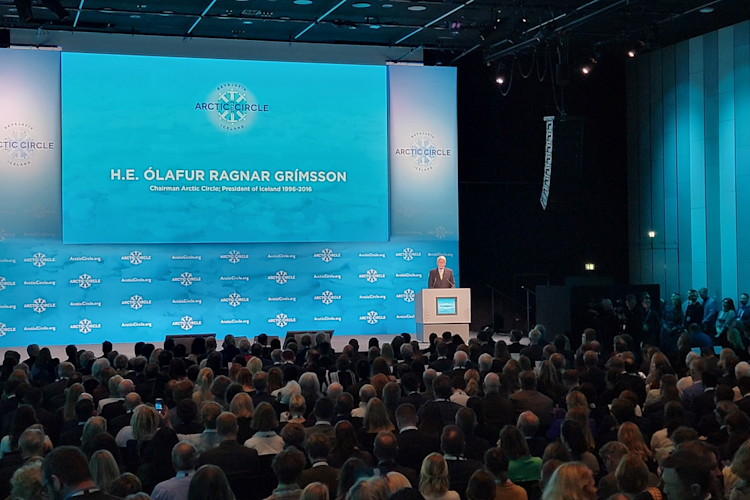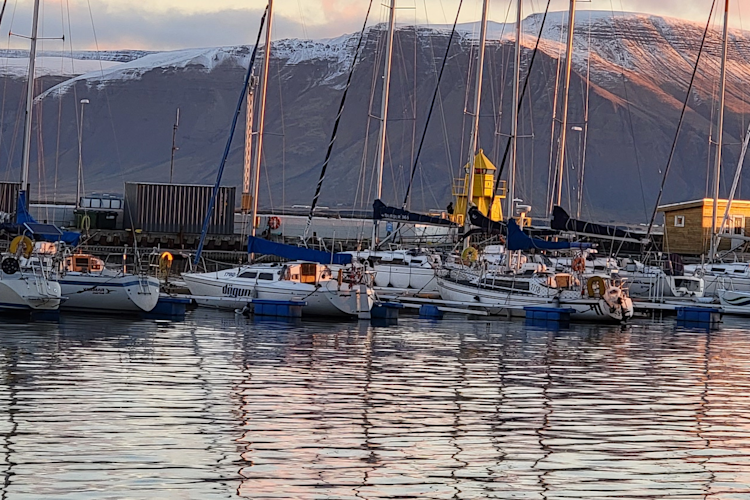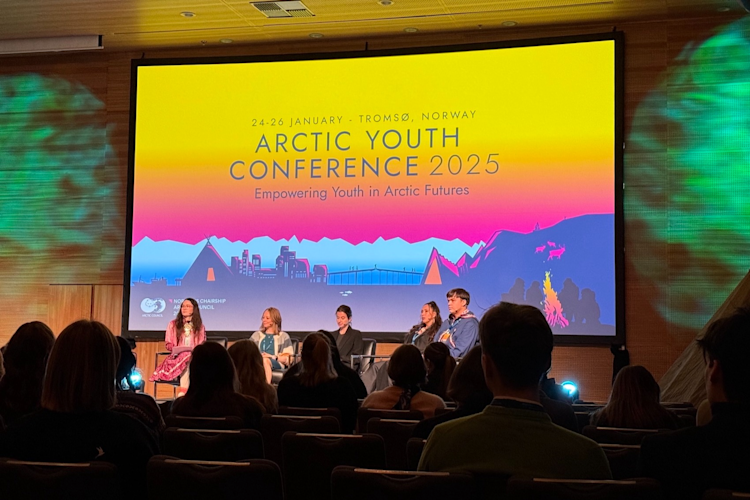Climate change is affecting the Arctic in ways with which we are all familiar: sea ice is diminishing in thickness and extent, the tundra is warming, Greenland’s ice sheet and glaciers are shrinking, permafrost is melting – and of course, wildlife such as walruses, ringed seals and polar bears is at risk.
But the impacts are being felt in other ways as well, as industry and governments look at the prospect of an ice-free, or at least ice-diminished, Arctic not as a failure but an opportunity. Last year, Russia approved approximately $30 billion of spending to develop infrastructure along the Northern Sea Route, the seaway to the north of its Arctic coast that Moscow pictures as a future alternative to the Suez Canal for international shipping. China is building a fleet of icebreakers that appears to signal its commitment to a “Polar Silk Road” of transport and travel.
Such developments not only have geopolitical and environmental implications for ecosystems and polar bears; they also have potentially serious repercussions for the four million or so people who live in the Arctic, and the many millions more who inhabit Arctic-adjacent areas from southern Canada to northern Europe.
Gathering in Reykjavik
To discuss the geopolitical challenges raised by such developments, several thousand attendees from government, science, the media and the non-governmental sphere descended on the Harpa Conference Center in Reykjavik, Iceland last October for the 10th annual assembly of Arctic Circle, an organization founded by former Icelandic President Olafur Ragnar Grimsson. Featuring three days of plenary presentations from speakers as varied as the Crown Prince of Norway, Alaska Senator Lisa Murkowski (who, because of re-election campaign commitments, joined by video from Anchorage), and the Chair of the Military Committee of NATO, as well as approximately 200 breakout sessions held concurrently in the Harpa’s labyrinth of meeting rooms, the conference was immense in scope and attendance. The sheer number of people was testimony to the increased importance of and attention to the Arctic in world affairs – and, after more than two years of pandemic-induced isolation, was somewhat intimidating.


















